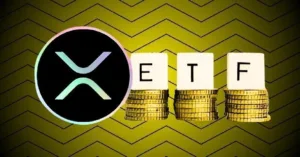Over-collateralization (OC) is the provision of collateral that is worth more than enough to cover potential losses in cases of default.
What Is Over-Collateralization (OC)?
Over-collateralization (OC) is the provision of collateral that is worth more than enough to cover potential losses in cases of default. It is used to effectively manage risk and involves placing an asset as collateral on a loan where the value of the asset exceeds the value of the loan.
An over-collateralized stablecoins has a large number of cryptocurrency tokens maintained as a reserve for issuing a lower number of stablecoins. This offers a buffer against price fluctuations.
Collateralizing stablecoins, as they grow in demand and adoption, is not always efficient as it means collateral sitting idle could be used more productively elsewhere. Today we are seeing new innovations where stablecoins, with algorithmic controllers, can issue more coins when the price increases and buy them off the market when the price calls. This algorithmic manipulation of supply to change the price removes the requirement of collateral backing.
Bio: Travis Moore is an angel investor, programmer, entrepreneur and the CTO of Frax, the world’s first fractional algorithmic stablecoin that is partially backed by collateral and stabilized algorithmically. Frax is open-source and permissionless, bringing a truly trustless, scalable and stable asset to the future of decentralized finance. Moore is also co-founder of the blockchain based knowledge base, Everipedia. Moore has a triple-major from UCLA in Neuroscience, Biochemistry and Molecular, Cell, & Developmental Biology. His passions are artificial intelligence and blockchain technology, which he believes are the two industries that will impact the world the most in the coming decade.



